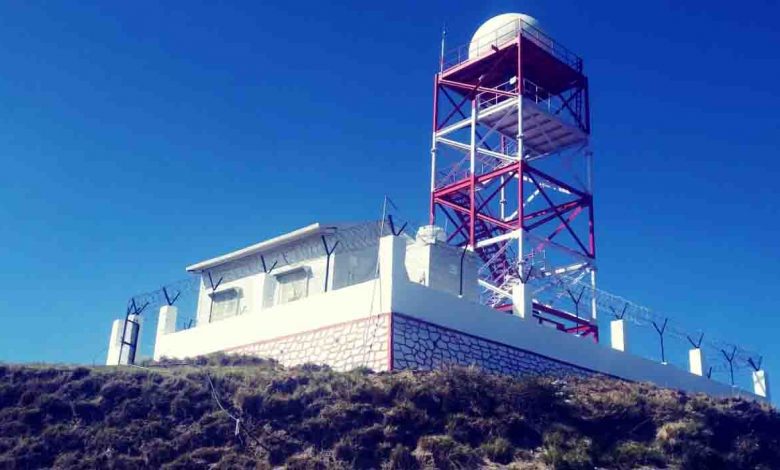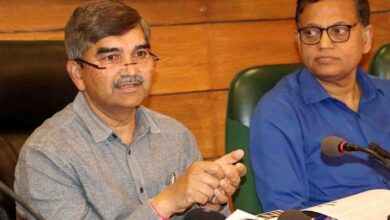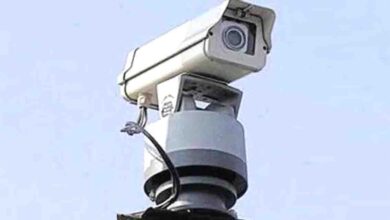Doppler radar starts functioning in Surkanda Temple area

Tuesday, 06 September 2022 | Vinod Chamoli | NEW TEHRI
In the disaster-sensitive Himalayan region, the loss of life and property due to heavy rains might now be reduced considerably. The first Doppler radar of the Meteorological department in the Garhwal region has started working in the Surkanda temple area. According to officials, the radar working with an effective range of 100 kilometers will be able to predict the weather pattern half an hour in advance, due to which the locals, Char Dham Yatris as well as the government system will get accurate weather information in advance.
After the devastation caused by the 2013 disaster, questions were raised about the lack of adequate arrangements for disaster management and early warning system in Uttarakhand. After this, the Central government gave approval for Doppler radar, weather station, and other facilities to develop an early warning system in the State. The State meteorological centre had then started preparations to start work towards installing Doppler radar in Surkanda temple area. Now the first radar of Garhwal region has started working. This radar will provide accurate information about possible extreme weather conditions and weather changes in the Himalayan region. According to experts, Doppler radar is installed at high altitudes, so that even the smallest of microwaves can reach the radar without any hindrance.
This Doppler radar will provide information about the possibility of heavy rain, hailstorm, cloudburst, and strong winds about half an hour in advance. This radar will also be able to record data of activities happening within a radius of 100 kilometers. The special thing is that Char Dham Yatris will also be able to get weather forecasts from this radar. With timely weather information, the loss of life and property due to natural calamities can be reduced. The State meteorological centre director Bikram Singh said that real-time data is being received from radar in Surkanda temple area. This radar primarily helps the weather department to predict extreme weather events like storms, heavy precipitation, and cloudburst. The radar generates data in real-time. The data generated from the Doppler radar provides information such as wind speed and intensity of rain for weather events that may occur in the region in the next half–hour to one hour.






